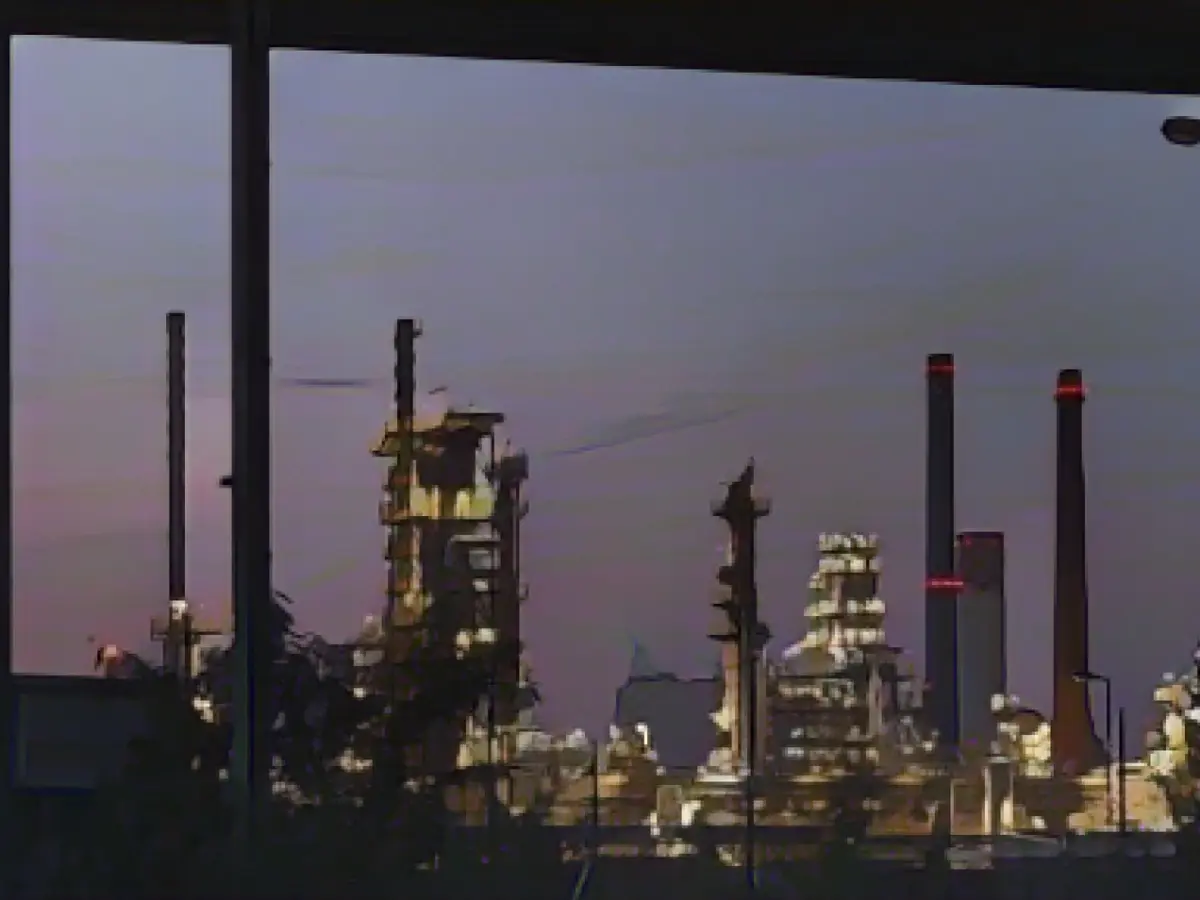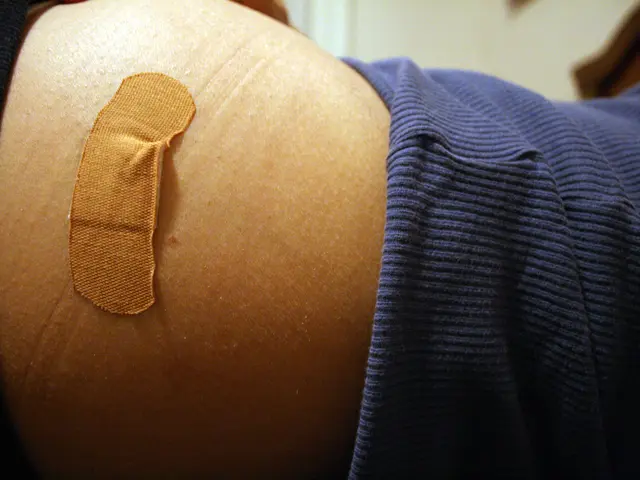Industry in Saxony-Anhalt Saw a Dip in Energy Consumption Last Year
Industrial companies in Saxony-Anhalt reported lower energy consumption in 2022 compared to the previous year. The state's Statistical Office announced a 7.2% decline in energy consumption, amounting to 239 petajoules. This drop in consumption was below the national average of 9.1%.
With the exception of Stendal, where consumption increased by 3.3%, all other districts and independent cities observed a decrease in energy consumption. The district of Wittenberg witnessed the most notable decrease at 29.9%. As for energy sources, natural gas accounted for 34.8%, followed by electricity at 15.4%.
Addressing the Energy Consumption Challenge
Saxony-Anhalt's decrease in industrial energy consumption supports the state's aim to reduce overall energy consumption. The State Office for Energy and Mineral Resources is actively promoting strategies to further decrease energy consumption across various industries.
The 7.2% reduction in energy consumption in various sectors of the industry suggests a positive step towards Saxony-Anhalt's goal of becoming more energy-efficient and environmentally friendly. Experts from the local Energy Industry Association support this optimistic view.
Saxony-Anhalt Accelerates the Energy Transition
Saxony-Anhalt is taking concrete steps to decrease industrial energy consumption through various initiatives, mainly focusing on renewable energy sources and energy efficiency. Here are some examples:
- Wind Energy Repowering: Old wind farms in Saxony-Anhalt with a repowering potential of over 100 MW are being acquired and upgraded with modern turbines, ensuring a fivefold increase in energy yield.
- Investments in Renewable Energy: A 250 MW wind energy portfolio in Germany, including projects in Saxony-Anhalt, has been acquired by Qualitas Energy. This investment will provide green electricity to over 166,000 households, reducing the region's reliance on fossil fuels.
- Energy Efficiency and Circular Economy: The state is investing in initiatives such as "CircEcon – Green Circular Economy" at the Schwarze Pumpe industrial park, which aims to develop sustainable recycling management practices.
- Technological Innovations: The "Green Mobility 'made in Saxony'" project is funded by the EU and the Free State of Saxony, with the goal of developing more efficient and functional microcontrollers for cars, thereby saving energy and resources.
By embracing these initiatives, Saxony-Anhalt is actively accelerating its energy transition, promoting renewable energy sources, improving energy efficiency, and fostering a circular economy.
Resources and References
"Saxony-Anhalt reduces industrial energy consumption through various strategies. Here are some key initiatives:"
- ENOVA Value and Prokon have jointly acquired old wind farms in Saxony-Anhalt with a repowering potential of over 100 MW. Their aim is to increase the energy yield fivefold by replacing old turbines with modern ones, contributing to the expansion of local, green electricity generation. (Source: )
- Qualitas Energy has acquired a 250 MW wind energy portfolio in Germany, which includes projects in Saxony-Anhalt. This acquisition will supply green electricity to over 166,000 households, significantly reducing the region's reliance on fossil fuels. (Source: )
- The state is also focusing on energy efficiency and circular economy through research initiatives, like the "CircEcon – Green Circular Economy" research cluster at the Schwarze Pumpe industrial park, which aims to develop sustainable recycling management practices. The cluster draws on expertise from universities and colleges to create a greenhouse gas-neutral circular economy. (Source: )
- Saxony is also investing in technological innovations, like the "Green Mobility 'made in Saxony'" project, which is funded by the EU and the Free State of Saxony. The project aims to develop more efficient and functional microcontrollers for cars, thereby saving energy and resources through increased functionality and longer service life. (Source: )






